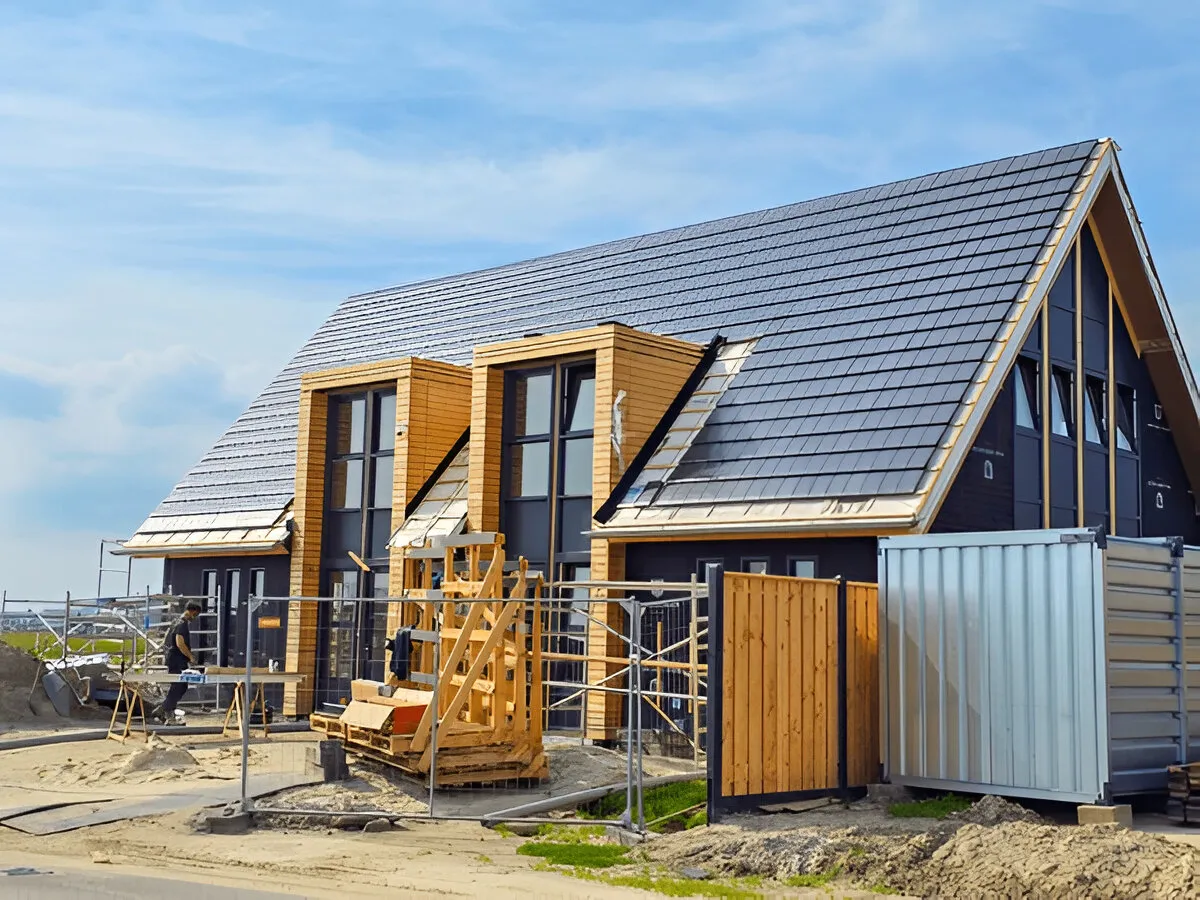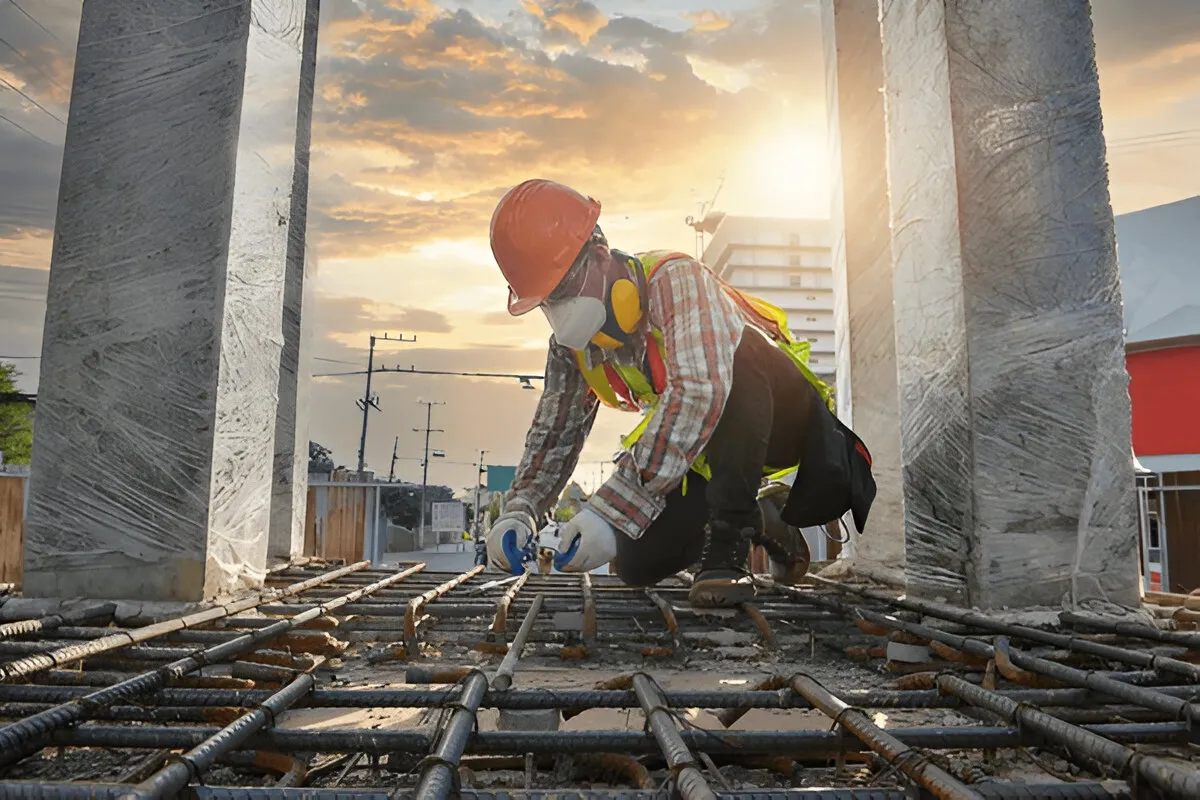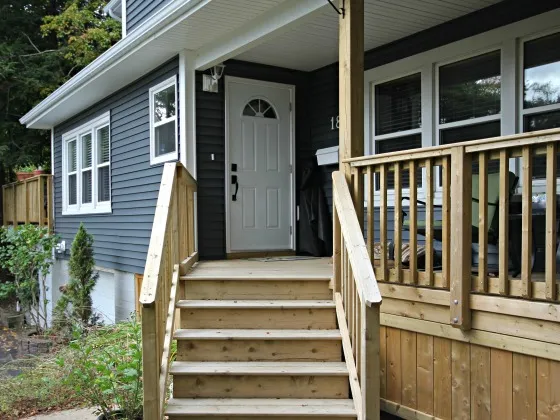Winter can be pretty harsh in Halifax with cold temperatures and plenty of wind, slush and snow. If you simply crank up the heat and pile on the blankets, you might end up paying hundreds more then you have to in energy bills. By safeguarding your home now, you’ll be able to save money in the long run!
Here are a few tips on how to get your home winter ready.
General Tips
- Clear snow away from doors and windows – melting snow could get in and lead to mold issues down the road. Air vents that bring air in for furnaces and hot water tanks need to be kept clear so they don’t overheat.
- Keep walkways and steps shoveled for the safety of your family and guests. Salt can eat through concrete and cause cracks, so it’s best to use eco-friendly products that don’t contain harmful chemicals (for the concrete or your family!) – look for de-icers containing calcium magnesium acetate.
- Disconnect hoses – exterior faucets usually have built-in protection against freezing but they only work if the hose is disconnected.
- Have your boiler serviced and check that your heating system is in order.
- Insulate hot water tanks and bleed radiators. Make sure any exposed pipes (hiding in a crawls space, attic, or basement) are insulated. Besides helping prevent freezing (and bursting), insulation also keeps the water hotter and helps prevent condensation on cold-water lines in the summer. Hardware stores sell foam tubes that are easy to install – we’ve also seen pool noodles do the trick in a pinch!
- Trim tree branches that hang over or near your home. A snow storm or an ice storm can bring down branches on even the youngest and healthiest trees. It’s best to keep them away from your home so there’s less risk.
- Make sure you know how to shut off water valves in case of burst pipes. While you’re at it, it’s a good time to check your fire alarm batteries and make sure your extinguishers are in easy reach and have not expired.
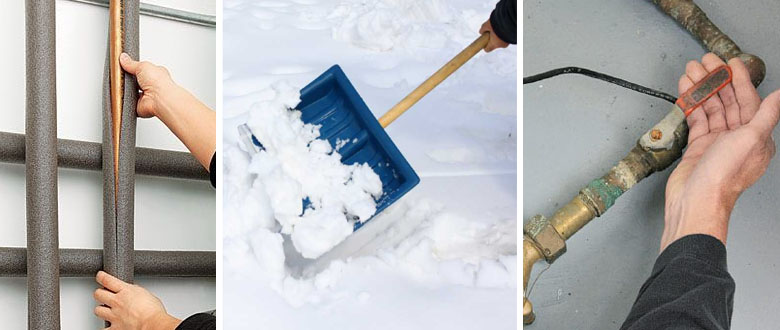
Roof & Gutters
- Before the snow flies, it’s a good idea to inspect your roof. Managing water flow is a top priority. Check for warn or cracked areas and make sure shingles are secure.
- Clear your gutters and drains of the fall leaves. Overflowing gutters can get into the walls and cause damage – they can also lead to dangerous overhanging icicles or frozen pools of water around your foundation.
- Chimney’s should be inspected and/or cleaned once a year to keep them in good working condition without risk of fire.
- It’s a good idea to peak into your attic space to make sure the insulation is still in good condition, there’s no water damage, or creatures haven’t snuck in and nestled down for the winter.
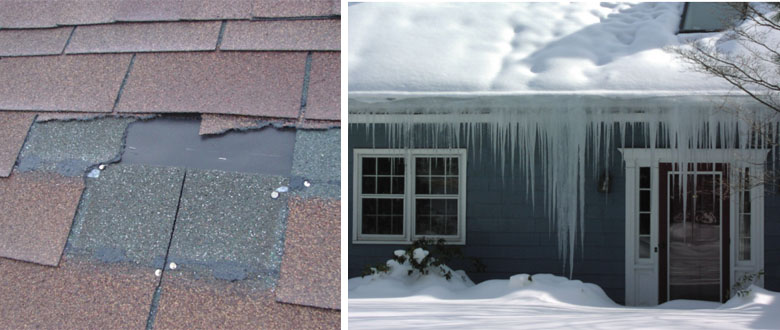
Walls, Windows & Doors
- A lot of your home’s heat loss is through the walls and windows. Not all insulation is created equally. Have an expert inspect the state of your current insulation and what upgrades are available and might be necessary. New or properly installed insulation with a greater R factor (higher grade) will definitely reduce your energy bills.
- Make sure water runs off the outside walls – if you find gaps, it’s best to get them fixed before water causes damage.
- Check all windows to make sure water flows away from glass and doesn’t collect on the sill or drain behind it.
- To minimize draughts, consider new vinyl windows with double or triple glazing – the space between the panes of glass are padded by pockets of inert gas to keep the cold out. For the short term, polythene/clear plastic across the window frames is helpful during the coldest months.
- Curtains can make a big difference, especially if thermally insulated.
- Check your doors for draughts and replace weather stripping or caulking where necessary.
- Sometimes, all you’ll need to do to make sure your home is more energy-efficient, is to restore the seals around your windows, doors and vents.
- If you have a mail slot, consider insulating it from the inside to make sure they’re well sealed.
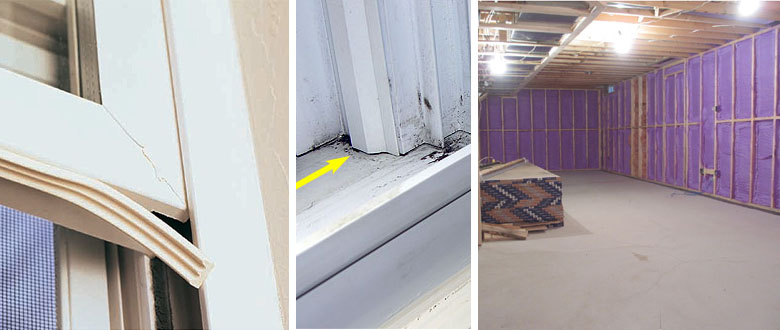
PRO TIP:
It’s a good idea to open the windows now and then – despite the cold. Today’s lifestyle of long showers, loads of laundry and dishes can lead to a build-up of condensation and dampness on window sills, furniture, and walls. If left unchecked, it can lead to dampness and mold problems down the road.




